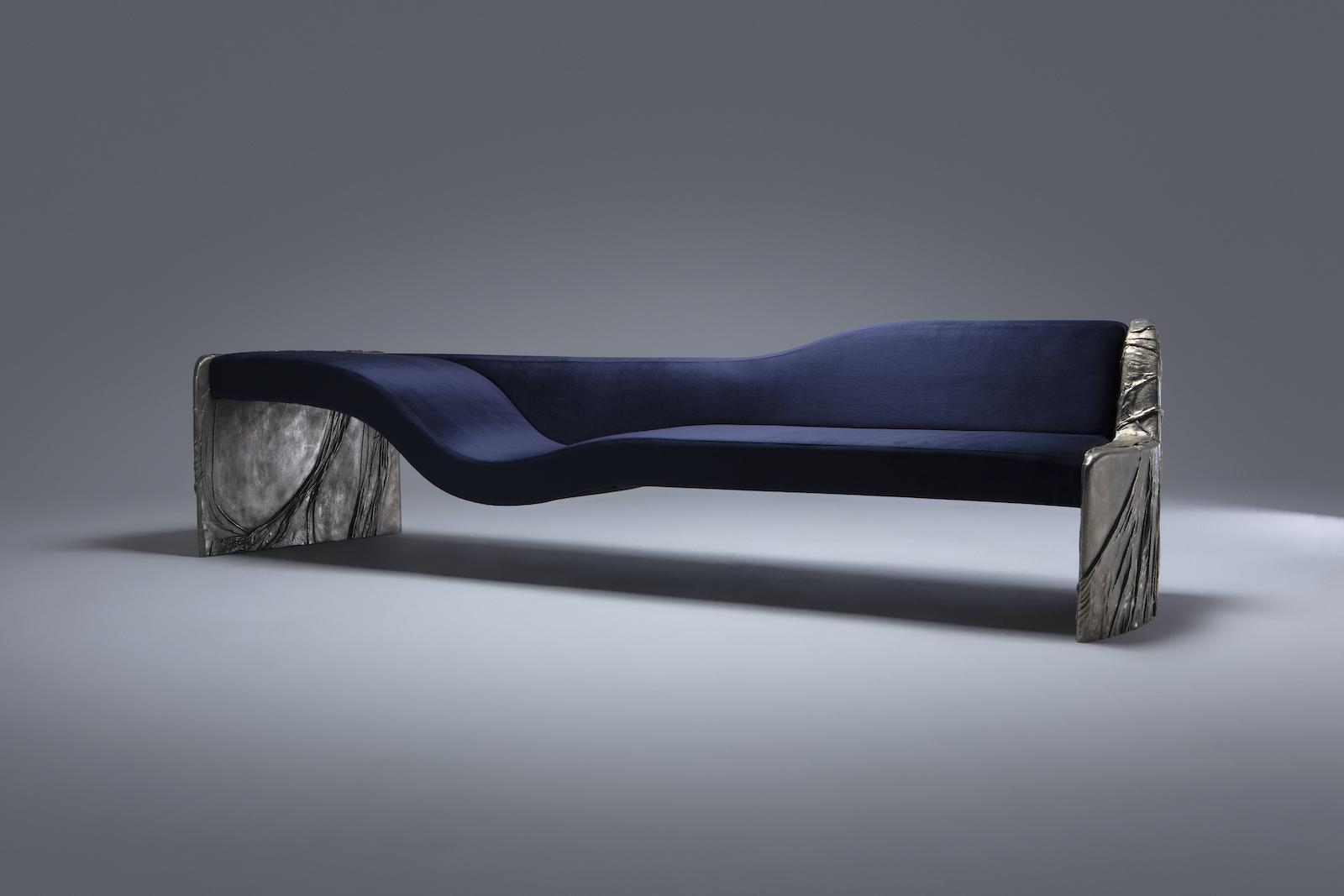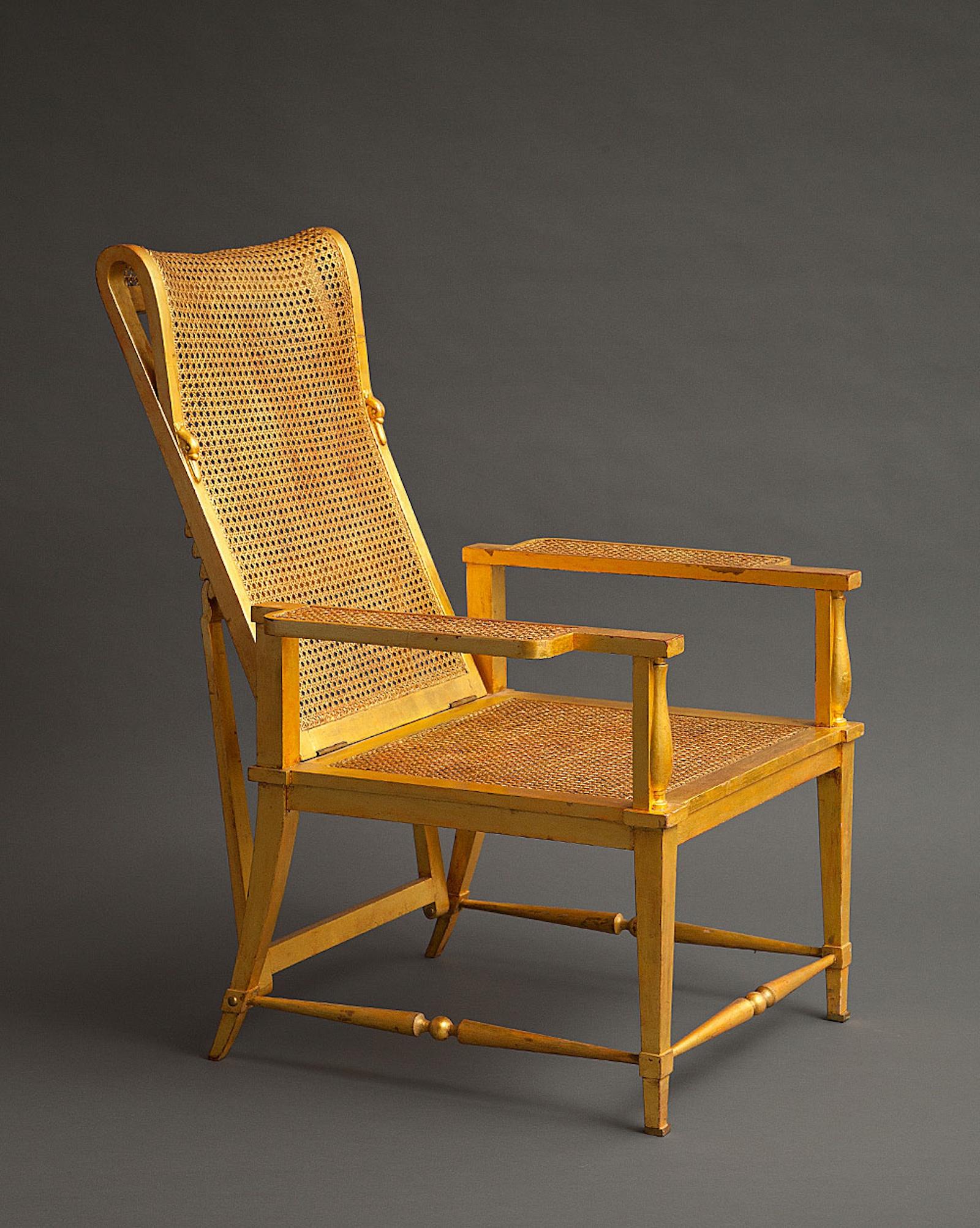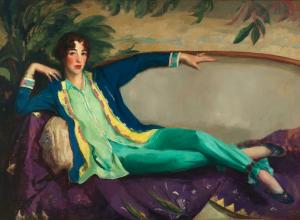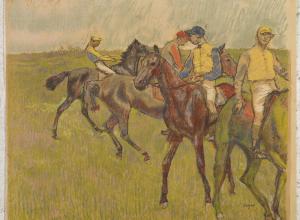JH: Your fair is unique in that it showcases art and design from a range of time periods. How do you think about curating Salon Art + Design? Are there any exhibitors or programs at this year's edition that you are particularly excited about?
JB: That’s a great question. Of course, curating a show where things are for sale is quite different from curating an exhibition. Still, we work very hard to bring the best of art and collectible design to the fair. Every year we seek out material that we’ve never had before, largely sticking to twentieth and twenty-first century art and design. We have a great core of dealers who’ve been with us for many years mostly specializing in furniture, ceramics, and lighting. A few years ago, I walked through the fair and noticed that we didn’t have any glass galleries; now we have two great galleries one of whom sells midcentury and the other contemporary glass.
This year, we’re adding Japanese art and design also with two new galleries. One specializes in extraordinary and largely unseen contemporary Japanese metalwork and the other in traditional Asian art and design. We’ve also added a tribal art gallery, which is a whole new genre/aesthetic for us so that’s a new area for collectors to explore. The other part of curating the fair goes to seeing that two like booths aren’t next to each other. So you might see a contemporary ceramics booth next to a gallery dealing in 1970’s French furniture. It gives people a reason to look at every booth.
In the outer rooms of the Armory we hold our special exhibitions and they’re very varied. Studio Greytak from Montana will debut its collection of design work utilizing minerals, many of them millions of years old, in a very Montana-esque setting. Each year we have a special jewelry exhibition and this year’s is by Didier of London, a world-renowned gallery for artists, architects, and designer jewelry. Also previewing her new line of home design is the Brazilian jewelry designer Silvia Furmanovich. In this new collection, she has kept her special sensibility for high jewelry turning it into functional design. She has created a Brazilian rainforest setting in which to showcase these dazzling pieces.






























